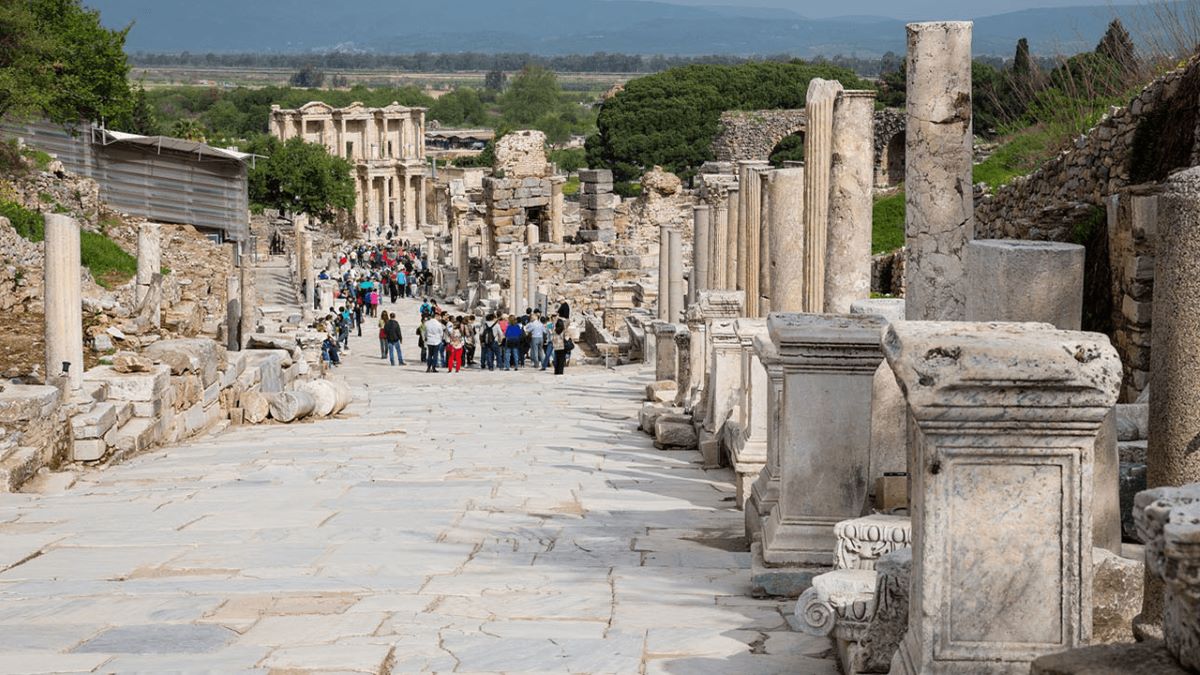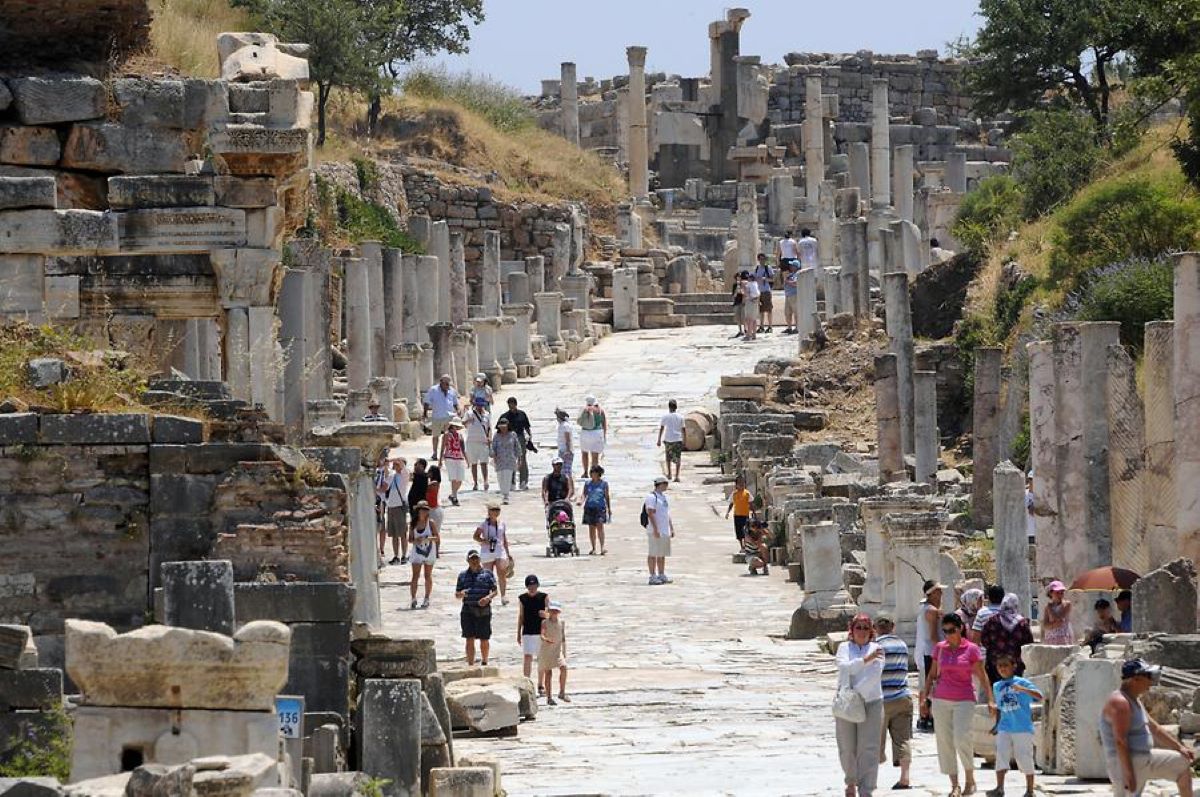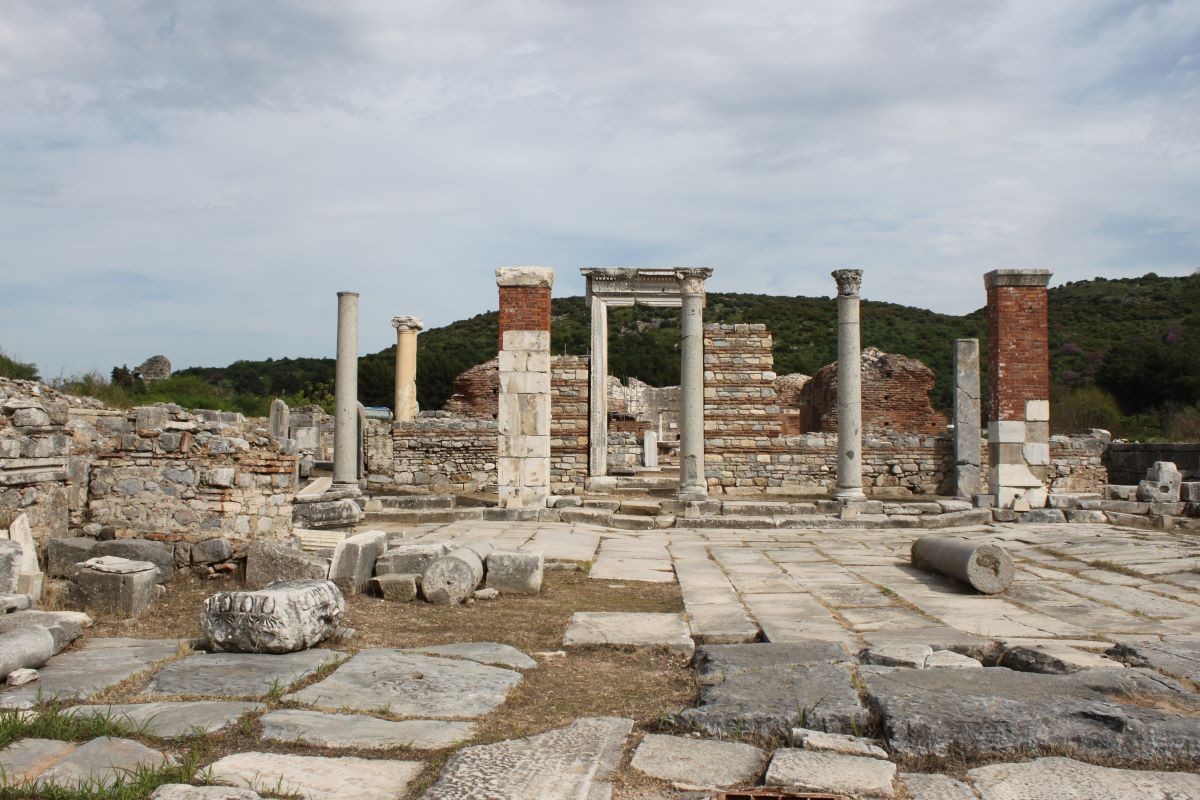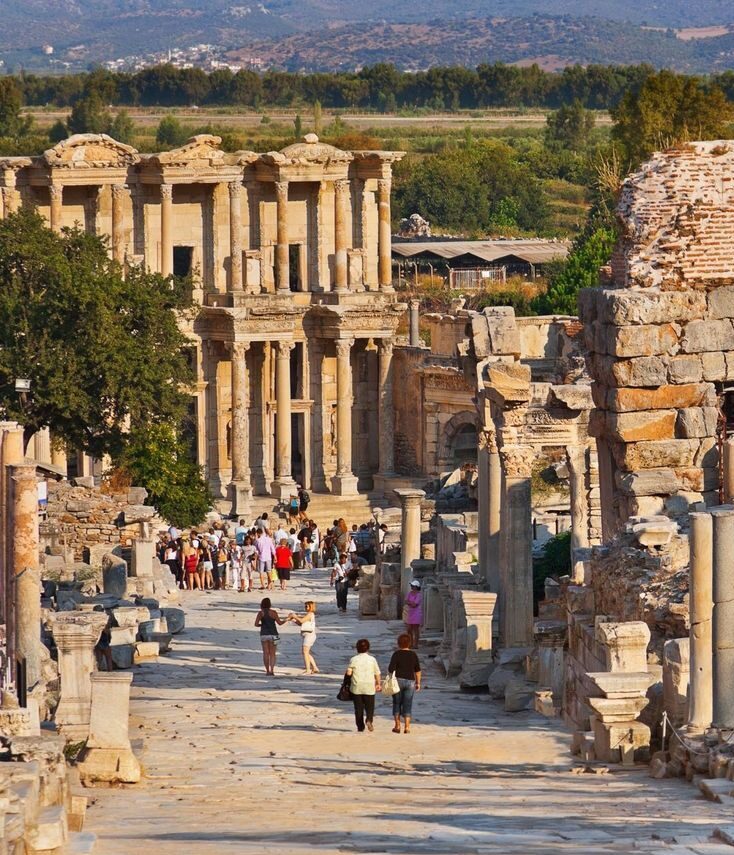The ancient city of Ephesus is a site of remarkable historical significance, with a…

Tracing the History of Ephesus 2: Classical Period
Ephesus, played a prominent role in the Classical period that lasted from the 6th to the 4th centuries BCE. As a member of the Ionian League, a confederation of Greek city-states in western Asia Minor, Ephesus grew rapidly in size and wealth, thanks in part to its strategic location near the coast and access to valuable resources such as timber, minerals, and fertile land.
One of the most magnificent structures in the city during this period was the Temple of Artemis, built in the 6th century BCE. It was one of the largest and most ornate temples in the ancient world, and it was considered one of the Seven Wonders of the Ancient World. The temple was a center of religious worship and pilgrimage, attracting visitors from all over the Mediterranean. Its grandeur and scale were a testament to the artistic and architectural achievements of the time.
Ephesus also played a significant role in the Persian Wars, which took place in the early 5th century BCE. The Persians, led by King Darius I and later by his son Xerxes I, attempted to conquer Greece and bring the Ionian city-states under their control. Ephesus was a key player in the conflict, contributing ships and soldiers to the Greek cause. The city’s military might and strategic importance made it a critical asset in the war effort.
In 479 BCE, Ephesus joined the Delian League, a naval alliance led by Athens. The alliance brought increased wealth and prosperity to the city, as it was now able to trade with other members of the league and receive protection from Athenian military might. However, the alliance also led to conflict with Sparta, which was allied with the Peloponnesian League. This conflict escalated into the Peloponnesian War, a long and devastating conflict that lasted from 431 to 404 BCE. Despite the challenges posed by war and political instability, Ephesus continued to thrive during the Classical period.
Ephesus was a center of art, culture, and intellectual activity, and it was home to several important philosophers, including Heraclitus and Xenophanes. The city’s renowned Library of Celsus was one of the largest and most impressive libraries in the ancient world, and it housed thousands of books and manuscripts. The city’s impressive public buildings, public baths, and monumental architecture were a testament to the artistic and architectural achievements of the time.
In conclusion, Ephesus was a city of great importance and influence during the Classical period. Its strategic location, access to valuable resources, and military might made it a key player in the Persian Wars and other conflicts of the time. Its impressive architecture and cultural achievements continue to inspire and captivate people to this day, making it a truly remarkable chapter in the city’s rich history.




This Post Has 0 Comments